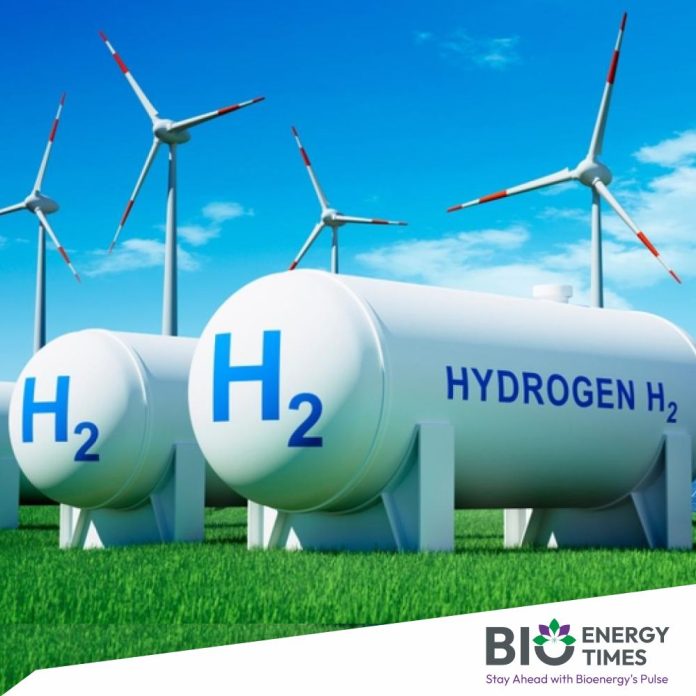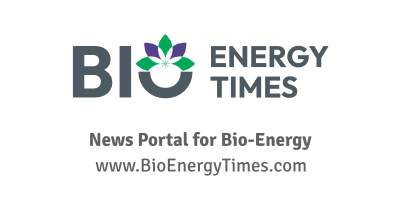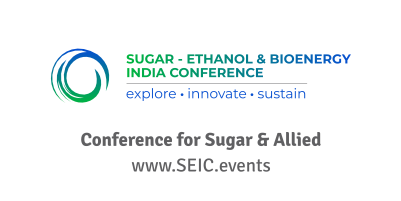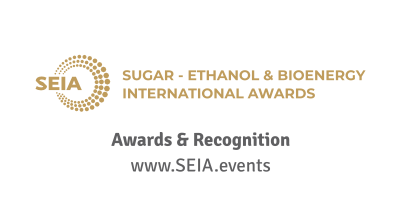The Ministry of New and Renewable Energy (MNRE) has opened the second round of applications for research and development projects under the National Green Hydrogen Mission. The call for proposals is aimed at advancing affordable and homegrown technologies in the areas of green hydrogen production, storage, transport, and use. Applications must be submitted by August 21, 2025, reports MERCOM.
The first round of proposals under this mission was launched in March 2024. The government’s current push seeks to bring together universities, industries, and public institutions to work on practical solutions that can improve the safety, cost-effectiveness, and efficiency of green hydrogen systems. The program also hopes to take promising technologies closer to commercial use by supporting their development and scaling.
Research projects are expected to focus on new methods for hydrogen production, both from non-biomass sources—such as improved electrodes and membranes—and from biomass, including modular reactors and better ways to purify hydrogen. Storage and transport solutions are also key areas of interest. These include finding materials that can store hydrogen more efficiently, creating cheaper compressed storage systems, and testing the possibility of transporting hydrogen through pipelines or using it in liquid form.
Proposals may also include new applications for hydrogen, such as refueling stations, power systems, and drones. Another major focus is safety, with support available for developing leak detectors and other protective equipment.
A wide range of organizations can apply, including research and academic institutions, government bodies, public sector companies, and private firms with the required infrastructure to carry out research in this field. Proposals must clearly define the current stage of the technology and the expected outcome. Projects should start at a development level where lab testing is complete and aim to reach a stage where the technology is ready for real-world use.
Applications must include clear goals, expected results, project timelines, comparisons with global standards, profiles of the main researchers, and the roles of all partners in joint projects. Private sector partners must contribute both funding and technical expertise.
Funding will be provided depending on the applicant. Universities, public institutions, and non-profits can receive full funding. Private companies are eligible for up to 80% of the project cost. In projects involving both academic and industry partners, academic institutions will receive full support for their share, while industry partners are expected to invest in the project financially and technically.
There are also spending limits set for overheads and travel. Projects under ₹10 million will be allowed to claim up to 8% of the total cost for overheads. For larger projects, this amount is capped and calculated based on a sliding scale. Domestic travel costs will be limited to ₹300,000 per project each year, and up to 10% of the total budget can be used for miscellaneous expenses.
This latest announcement follows the government’s release of a ₹4 billion research roadmap in July 2023 under the National Green Hydrogen Mission. The roadmap outlines India’s goal of building a strong foundation for the green hydrogen industry by supporting innovation, reducing costs, and encouraging the use of clean energy across the country.
“This is a step forward in building a strong local ecosystem for green hydrogen,” said an official from MNRE. “We are looking to support research that can make real-world impact and help bring green hydrogen closer to everyday use.”














